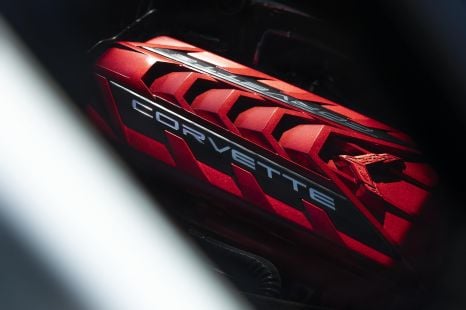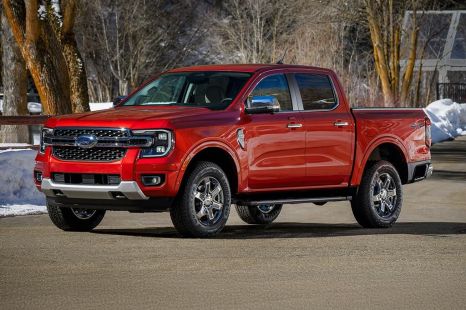

Matt Robinson
2026 Skoda Fabia 130 review: Quick drive
2 Hours Ago
The MQB architecture is ubiquitous, and its evolution and application really saved Volkswagen's bacon during hard times.

Senior Contributor


Senior Contributor
Volkswagen’s modular transverse matrix, otherwise known as MQB, turns 10 years old this year – and its impact on the wider Group’s fortunes is hard to overstate.
The stretchable, flexible architecture (called a ‘toolkit’ internally) underpins more than 32 million Volkswagens, Skodas and Audis sold all over the world.
Its use means a diverse array of vehicles of different shapes and sizes can share more components with one another, reducing R&D costs and leveraging economies of scale.

Put simply, by ramping up the use of common parts across diverse models, Volkswagen AG saved a boatload of money which it’s been able to pump into electric car development.
Moreover, MQB’s ubiquity means high-tech features can more readily trickle-down to cheaper cars.
While shared platforms are hardly new or revolutionary concepts, it’s the sheer scale of the MQB that sets it apart from most.

There are more than 20 million VW-badged cars alone out there using it, from the tiny Polo city car through to the Atlas/Teramont three-row SUV sold in North America and China.
The first MQB vehicle was the 2012 Audi A3, which beat the Volkswagen Golf 7 to market by a few months.
MQB- and MQB Evo-based vehicles today include (but are not limited to) the Volkswagen Polo, Golf, Caddy, Tiguan and T-Roc; Skoda Karoq, Kodiaq and Octavia; Audi A3 and Q3, and Cupra Formentor.




“The introduction of the MQB ten years ago was a crucial step,” says Volkswagen Passenger Cars CEO Ralf Brandstätter.
“The MQB not only serves as the technology matrix for our combustion-engine models with a transverse engine, it is also the backbone of our economic efficiency and resilience.”
While the electric car rollout will eventually mean the end of MQB (and the related MLB), the Volkswagen Group has developed a conceptually similar modular electric drive matrix, shortened to MEB, which underpins the VW ID.3, ID.4 and ID. Buzz; Cupra Born; and Skoda Enyaq.



Matt Robinson
2 Hours Ago


Damion Smy
2 Hours Ago


Damion Smy
16 Hours Ago


Damion Smy
18 Hours Ago


Damion Smy
19 Hours Ago


Damion Smy
21 Hours Ago